I Was Wondering Last Night If It Was At All Possible To Translate Sign Language Poetry Into Writing,
I was wondering last night if it was at all possible to translate sign language poetry into writing, when translating poetry from one spoken language to another that uses the same communication devices is already a headache. So I found a book about sign language poetry (by Rachel Sutton-Spence) and it is a delightful read! At one point the author describes a poem by Clayton Valli about a boat, in which the rising and falling pattern of the words he chose (which are located at different heights in the signing space) evokes the bobbing motion of a boat on the water as it approaches a bridge. And, okay, it will never be the same thing but you can tinker with written words to create similar effects, like how Victor Hugo’s poem The Djinns uses rising and falling line length to convey quietness then frantic action then a return to stillness.
Then the author analyses a Christmas ASL poem by Dorothy Miles and at first you’re like, this is translatable—she lists things children ask for Christmas, and includes signs like “pets” and “cake” which both involve touching the back of one hand with the other, creating a visual rhyme. The English translation pairs “pets” with “candy cigarettes” to preserve the rhyme. The author adds that symmetry in signed poetry is comparable to assonance: instead of signing ‘2 people walking’ with one hand the poet might sign ‘1 person walking’ with the right hand and ‘1 person walking’ with the left hand, for poetical effect. As English doesn’t have this opportunity for symmetry, you can translate the intent behind this deliberate, aesthetic symmetry as a rhyme. But then the author goes on to describe how Miles uses gentle, fluttering-open ‘5′ handshapes to convey a feeling of magic and excitement, and adds extra finger-wriggling or fluttering to some signs to make them ‘sparkle’, so the poem goes something like magic-shivers-up-arms, magic-run-downstairs, magic-feel-bumps-through-stocking and as a translator, how do you not ruin the specific charm of this poem?? You would have to draw actual sparkles around every verse to convey a similar effect.
I really love poetry for how great it is at making us aware of all the resources and hidden treasures of our own language, that we often overlook in everyday life, but I also love the other side of the coin, how poetry in translation gleefully makes us aware of all the cool things our language lacks.
More Posts from Rpodnee-blog and Others
consider: teenagers aren’t apathetic about everything they’re just used to you shitting all over whatever they show excitement about
You are going to laugh until your stomach hurts again. You're going to be in awe of a sunset. Watch your favorite show while you eat your favorite food. Find money on the street. Discover a great band you haven't heard of before. You will find your way back.





Art by Alai Ganuza
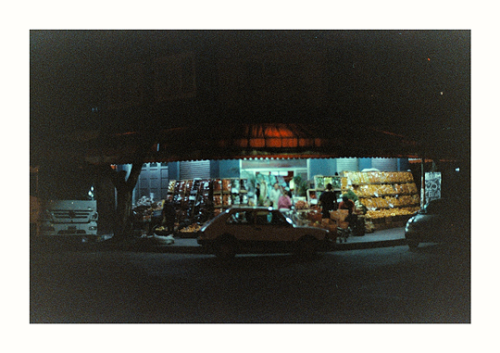

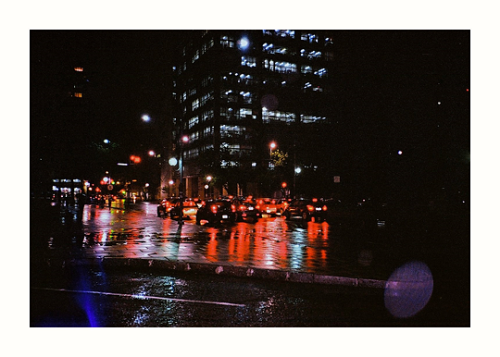
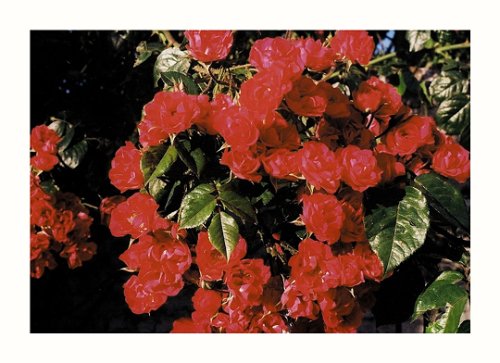
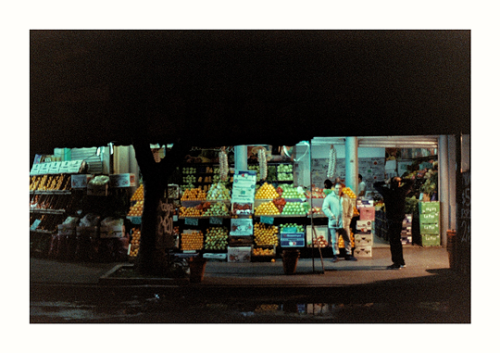
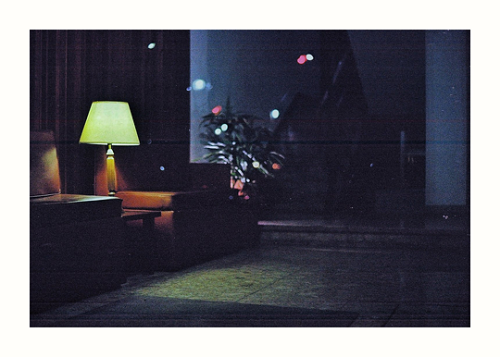
WAUCE BLAST






























(1, 2, 3, 4, 5, 6, 7, 8, 9, 10, 11, 12, 13, 14, 15, 16, 17, 18, 19, 20, 21, 22, 23, 24, 25, 26, 27, 28, 29, 30)









Yeah quiet quitting is great and all but have you tried chaotic working?
Like. I remember back in my grocery store cashier days I did so much crazy shit.
When WIC (Women, infants, and children voucher program to help low income mothers/families with children) people were in my line I would pretty much know who they were. Before the cards they had to tell us upfront they were WIC and show us their vouchers for what they were allowed to get (it was awful some times. Like. 2 gallons of milk. $4 worth of vegetables etc etc). They’d always have items hanging back, waiting to see what the total was and if they would have to take it off the belt.
I began to place the fruits/vegetables a certain way on the register scale so that like 1/2lbs of grapes read as like .28lbs or something. Then act shocked when I said that they still had X amount of lbs left. They got all their fruit and vegetables.
I think it started to kinda? Catch on to the women? Because I would have the same moms in my line month after month. And even after they switched to the cards (they worked like food stamp cards?) I’d still do the same thing. They were able to get more produce for whatever shitty max amount Indiana gave them.
Anyways. Be chaotic. It’s more fun that way.




National Geographic

Anthropomorphic Figure of a Polar Bear with its Cub. Medium: Carved Walrus Ivory. Culture: Native Alaskan. Date: c. 1800 to 1900. Place of origin: Bering Sea by Museum of Artifacts



Stoat in his winter coat, Kodiak, Alaska
krisluckphoto
-
 darkwing-katy liked this · 6 months ago
darkwing-katy liked this · 6 months ago -
 wmantis liked this · 7 months ago
wmantis liked this · 7 months ago -
 heyobangtan reblogged this · 8 months ago
heyobangtan reblogged this · 8 months ago -
 alightings liked this · 9 months ago
alightings liked this · 9 months ago -
 snugcuddler liked this · 9 months ago
snugcuddler liked this · 9 months ago -
 matenajm reblogged this · 9 months ago
matenajm reblogged this · 9 months ago -
 theo-brightside reblogged this · 9 months ago
theo-brightside reblogged this · 9 months ago -
 siriustwinstars reblogged this · 9 months ago
siriustwinstars reblogged this · 9 months ago -
 stars-revolution-lovers reblogged this · 9 months ago
stars-revolution-lovers reblogged this · 9 months ago -
 manofmydaydreams reblogged this · 9 months ago
manofmydaydreams reblogged this · 9 months ago -
 manofmydaydreams liked this · 9 months ago
manofmydaydreams liked this · 9 months ago -
 euphcme liked this · 9 months ago
euphcme liked this · 9 months ago -
 lernaeus reblogged this · 9 months ago
lernaeus reblogged this · 9 months ago -
 arumine reblogged this · 9 months ago
arumine reblogged this · 9 months ago -
 scandalin liked this · 9 months ago
scandalin liked this · 9 months ago -
 belannabeau liked this · 9 months ago
belannabeau liked this · 9 months ago -
 radioceann liked this · 9 months ago
radioceann liked this · 9 months ago -
 antisisyphus reblogged this · 9 months ago
antisisyphus reblogged this · 9 months ago -
 deeneedsaname liked this · 10 months ago
deeneedsaname liked this · 10 months ago -
 daydreamland liked this · 11 months ago
daydreamland liked this · 11 months ago -
 jaggedjot reblogged this · 11 months ago
jaggedjot reblogged this · 11 months ago -
 variablecemetery reblogged this · 1 year ago
variablecemetery reblogged this · 1 year ago -
 bioluminonsense reblogged this · 1 year ago
bioluminonsense reblogged this · 1 year ago -
 weshadows liked this · 1 year ago
weshadows liked this · 1 year ago -
 shuffleboardseagulls reblogged this · 1 year ago
shuffleboardseagulls reblogged this · 1 year ago -
 shuffleboardseagulls liked this · 1 year ago
shuffleboardseagulls liked this · 1 year ago -
 axint00 liked this · 1 year ago
axint00 liked this · 1 year ago -
 anyctibius reblogged this · 1 year ago
anyctibius reblogged this · 1 year ago -
 nanni-shall-be-restored-in-full liked this · 1 year ago
nanni-shall-be-restored-in-full liked this · 1 year ago -
 artemideaddams reblogged this · 1 year ago
artemideaddams reblogged this · 1 year ago -
 artemideaddams liked this · 1 year ago
artemideaddams liked this · 1 year ago -
 alaskas-clover liked this · 1 year ago
alaskas-clover liked this · 1 year ago -
 nativehueofresolution reblogged this · 1 year ago
nativehueofresolution reblogged this · 1 year ago -
 bearnewsbads liked this · 1 year ago
bearnewsbads liked this · 1 year ago -
 saltingsmells reblogged this · 1 year ago
saltingsmells reblogged this · 1 year ago -
 dancetillthemorningsun reblogged this · 1 year ago
dancetillthemorningsun reblogged this · 1 year ago -
 lonelyplanetfag reblogged this · 1 year ago
lonelyplanetfag reblogged this · 1 year ago -
 esdr0 liked this · 1 year ago
esdr0 liked this · 1 year ago -
 sprucetipjam liked this · 1 year ago
sprucetipjam liked this · 1 year ago -
 belovedbeetles reblogged this · 1 year ago
belovedbeetles reblogged this · 1 year ago -
 bitchqueenofthebitchsquad liked this · 1 year ago
bitchqueenofthebitchsquad liked this · 1 year ago -
 extravierge liked this · 1 year ago
extravierge liked this · 1 year ago -
 sunshine-hime reblogged this · 1 year ago
sunshine-hime reblogged this · 1 year ago -
 adirectorprepares reblogged this · 1 year ago
adirectorprepares reblogged this · 1 year ago -
 adirectorprepares liked this · 1 year ago
adirectorprepares liked this · 1 year ago -
 digital-bitch liked this · 1 year ago
digital-bitch liked this · 1 year ago -
 belmarc reblogged this · 1 year ago
belmarc reblogged this · 1 year ago -
 systemsfailure reblogged this · 1 year ago
systemsfailure reblogged this · 1 year ago